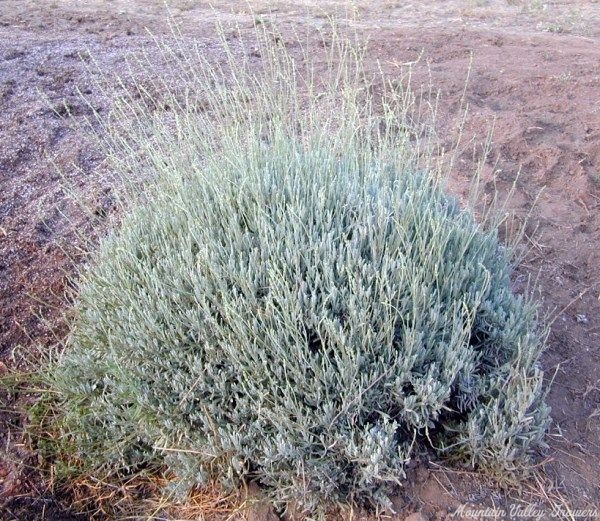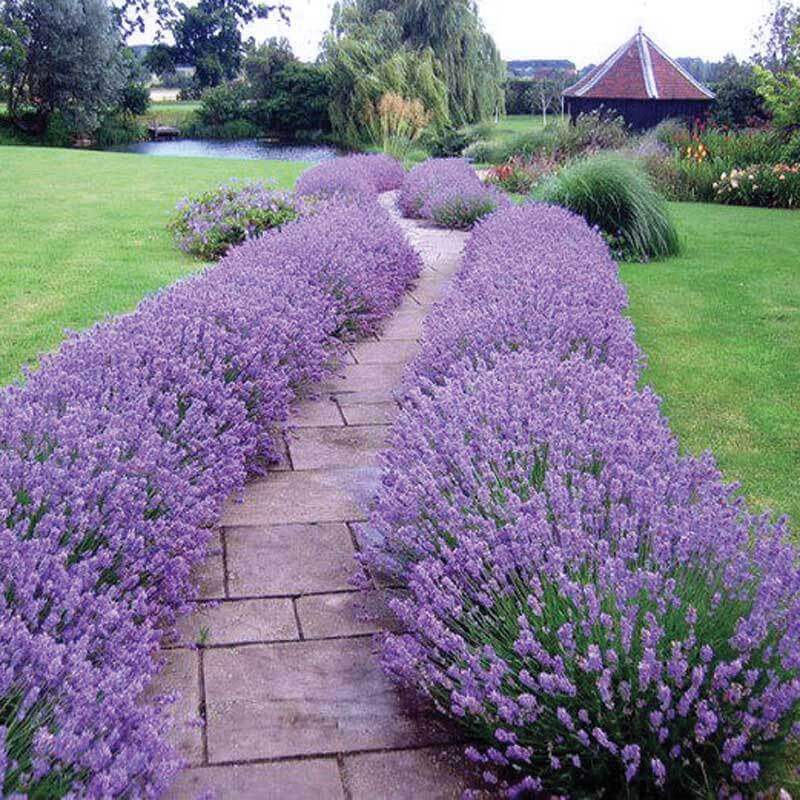How To Grow A Lush Lavender Shrub In Your Garden
Lavender is a beautiful and fragrant herb that can add a touch of elegance to any garden. It is also relatively easy to grow, making it a great choice for beginner gardeners.
In this blog post, we will discuss the basics of growing lavender, including:
- Choosing the right location
- Preparing the soil
- Planting lavender
- Caring for lavender
- Harvesting lavender
By following these tips, you can easily grow a lush lavender shrub in your own garden.
Choosing the Right Location
Lavender thrives in full sun, so choose a location in your garden that receives at least six hours of direct sunlight per day. The soil should be well-draining and sandy or loamy. Avoid planting lavender in clay soil, as this can lead to root rot.
Preparing the Soil
Before planting lavender, amend the soil with compost or sand to improve drainage. Lavender does not need a lot of fertilizer, so you only need to fertilize it once a year in the spring.
Planting Lavender
Lavender plants can be purchased from most garden centers. When planting lavender, dig a hole that is twice as wide as the root ball of the plant. Place the plant in the hole and backfill with soil, tamping down gently. Water the plant well after planting.
Caring for Lavender
Lavender is a relatively low-maintenance plant. Once established, it only needs to be watered about once a week. Lavender does not like wet feet, so be careful not to overwater it.
In the spring, you can trim lavender plants to encourage new growth. You can also harvest lavender flowers during this time. To harvest lavender, simply snip off the flower stalks with a pair of scissors.
Harvesting Lavender
Lavender flowers can be used fresh or dried. To dry lavender, simply hang the flower stalks upside down in a cool, dark place. Once the flowers are dry, you can store them in an airtight container for up to a year.
Conclusion
Growing a lush lavender shrub in your garden is a simple and rewarding process. By following the tips in this blog post, you can enjoy the beauty and fragrance of lavender for years to come.
To learn more about lavender shrub, visit Home Gardening.
FAQ of lavender shrub
- What are the different types of lavender shrubs?
There are over 40 species of lavender, but the most common types grown in gardens are English lavender (Lavandula angustifolia), French lavender (Lavandula stoechas), and Spanish lavender (Lavandula lanata). English lavender is known for its strong fragrance and blue flowers, while French lavender has purple flowers and a more delicate aroma. Spanish lavender has white flowers and is a bit more drought-tolerant than the other two types.
- What are the best conditions for growing lavender shrubs?
Lavender shrubs prefer full sun and well-drained soil. They are not tolerant of wet feet, so it is important to plant them in an area that does not get soggy after a rain. Lavender shrubs are also relatively drought-tolerant once they are established.
- How do I care for lavender shrubs?
Lavender shrubs do not require a lot of care. Water them deeply once a week during the growing season, and less often in the winter. Fertilize them once a year in the spring with a balanced fertilizer. Deadhead spent flowers to encourage new blooms. Lavender shrubs can be pruned in the spring or fall to remove dead or damaged branches.
- How do I propagate lavender shrubs?
Lavender shrubs can be propagated by division, cuttings, or layering. Division is the easiest method, and it is best done in the spring or fall. To divide a lavender shrub, carefully dig it up and use a sharp knife or spade to divide the root ball into two or more sections. Each section should have at least a few healthy roots and shoots. Plant the divisions in their new location immediately.
- How do I use lavender shrubs?
Lavender shrubs can be used in a variety of ways. They can be planted in the garden as ornamental plants, or they can be used in bouquets and arrangements. Lavender flowers can be dried and used in potpourris or sachets. Lavender oil can be used in aromatherapy, or it can be added to bath products or skin care products.
- What are some pests and diseases that affect lavender shrubs?
The most common pests that affect lavender shrubs are aphids, mealybugs, and spider mites. These pests can be controlled with insecticidal soap or neem oil. The most common disease that affects lavender shrubs is powdery mildew. This disease can be prevented by planting lavender in a well-drained location and avoiding overhead watering.
Image of lavender shrub
- French lavender is a popular variety of lavender that is known for its blue-purple flowers. It is a hardy plant that can tolerate hot, dry climates.

- English lavender is another popular variety of lavender that is known for its dark purple flowers. It is a slightly less hardy plant than French lavender, but it is still well-suited for most climates.

- Spanish lavender is a variety of lavender that is native to Spain. It is a tall, bushy plant that produces pale purple flowers. Spanish lavender is a good choice for hot, dry climates.
- Spike lavender is a variety of lavender that is known for its long, narrow leaves. It produces small, purple flowers that bloom in the summer. Spike lavender is a good choice for rock gardens or borders.

- Lavandin is a hybrid of French and Spanish lavender. It is a hardy plant that produces large, fragrant flowers. Lavandin is a good choice for commercial production of lavender essential oil.
- Dwarf lavender is a variety of lavender that grows to only about 12 inches tall. It is a good choice for containers or rock gardens.

- Woolly lavender is a variety of lavender that has white, woolly leaves. It produces small, purple flowers. Woolly lavender is a good choice for areas with hot, dry summers.

- Amethyst lavender is a variety of lavender that produces deep purple flowers. It is a hardy plant that can tolerate hot, dry climates.

- Hidcote lavender is a variety of lavender that is known for its dark purple flowers. It is a slightly less hardy plant than French lavender, but it is still well-suited for most climates.

- Grosso lavender is a variety of lavender that produces large, fragrant flowers. It is a hardy plant that can tolerate hot, dry climates.

Post a Comment for "How To Grow A Lush Lavender Shrub In Your Garden"